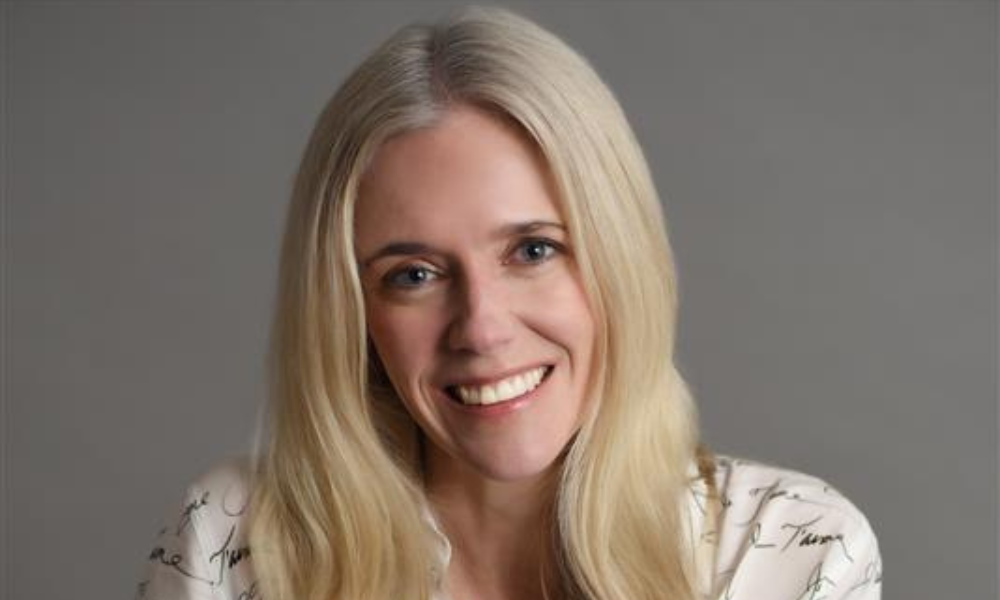HOOPP's Jennifer Rook makes the case for why more Canadians should have access to defined benefit pension plans

By the end of this decade, all of Canada’s Baby Boomers will be senior citizens. That means almost a quarter of the country’s population will be made up of seniors by 2030. And that’s a good thing.
Statistics Canada tells us that people over the age of 65 report the highest level of “life satisfaction,” donate more to charities and volunteer their time to many great causes.
After a lifetime of working, all seniors deserve a financially secure retirement. But the reality is that many Canadians are woefully unprepared for the financial reality of leaving the workforce.
I work for the Healthcare of Ontario Pension Plan (HOOPP). We manage the pension fund for 478,000 members of Ontario’s healthcare community – including nurses, physicians and medical technicians. Our members are the people who care for our loved ones when at their most vulnerable, making sure patients are fed and facilities are cleaned.
HOOPP is a defined benefit pension plan. Retirees who are part of DB plans, as they’re known in the pension world, receive a guaranteed income for the rest of their lives. People in DB plans contribute part of each pay cheque to the pension fund. Their employers do the same. And then organizations like HOOPP invest that money. For every dollar paid in pensions to a retired HOOPP member, up to 80 cents will come from investment returns.
For the last seven years, HOOPP has partnered with Abacus Data to produce the Canadian Retirement Survey that tracks the evolving personal, societal and economic issues that are impacting Canadians’ retirement security.
The 2025 survey released June 17 paints a grim picture of how many Canadians lack the necessary savings for retirement: more than half (57 per cent ) said they will need to continue working in their retirement to support themselves; 15 per cent retired people said they had no savings whatsoever when they left the workforce.
Two decades ago, 35 per cent of Ontario workers were members of a defined benefit pension plan. Now, it’s just 26 per cent. At the same time, Canada is in the throes of a housing crisis because of high prices and supply shortages and yet, 62 per cent of Canadians view homeownership as a key part of their retirement strategy.
Declining pension coverage, a housing market increasingly out of reach for many Canadians and increasing life expectancy are fundamentally changing the way Canadians prepare for retirement.
Workplace pension plans are an important “third leg” of prudent retirement planning – the other two legs being the Canadian Pension Plan and other government programs and any personal savings. But not enough people have access to a workplace pension, especially defined benefit pensions. Two decades ago, 35 per cent of Ontario workers were members of a DB pension plan. Now, it’s just 26 per cent of workers.
Many public sector workers are enrolled in DB plans. The knock against private sector DB plans is that they’re seen as being too expensive. Results from our recent survey clearly shows that employees understand the value of a DB pension and are willing to pay for one: 88 per cent said they would contribute nine per cent of their salary to be part of a defined benefit pension if their employer matched the contribution. Our research has also found that 63 per cent of employers agree they could afford to offer a pension.
It’s clear then that employees are willing to pay their part to have a workplace pension. And yet last fall, HOOPP conducted a survey of employers who believed two-thirds of their workers would rather have a higher salary than a pension plan. This disconnect between employers and employees is an impediment to getting more Canadians into defined benefit pension plans.
The current geopolitical situation has forced governments at all levels to tackle some long-standing issues facing the country. Let’s not waste this moment of national reflection to do some big thinking on how to ensure retirement security for more Canadians.
The growing number of seniors in Canada has often been called a retirement crisis. But there’s also an opportunity that could come from that crisis. Improving and expanding access to pensions would provide a better financial security for Canada’s aging population.
Jennifer Rook is the Vice-President of Strategy, Global Intelligence and Advocacy of the Healthcare of Ontario Pension Plan.



